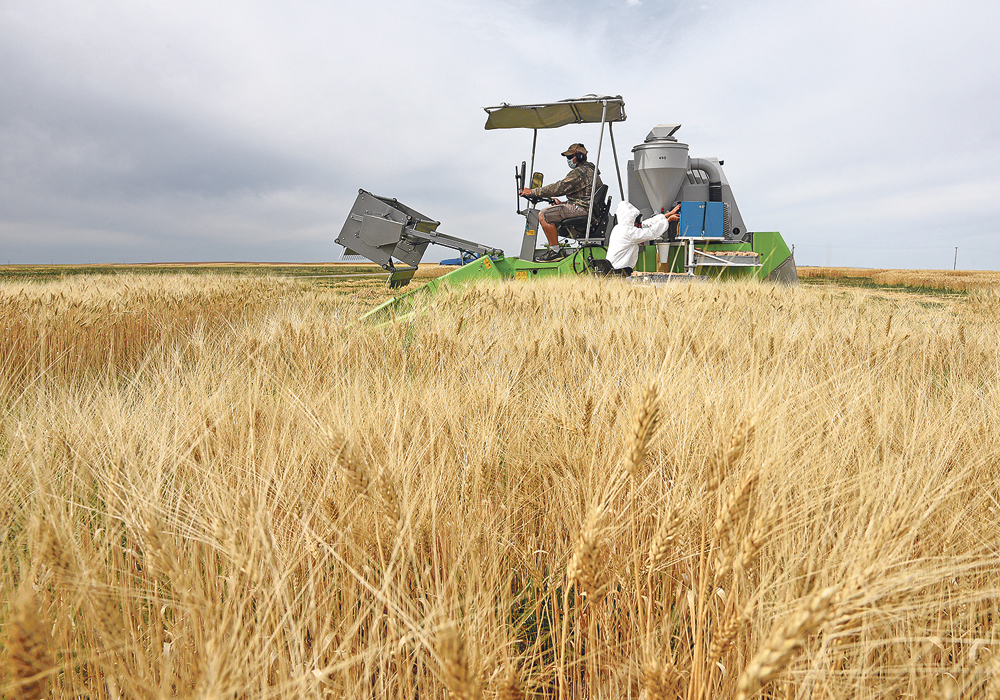Sometimes we forget that agriculture really is amazing. One of my most memorable experiences is standing in front of a few hundred high school students as a volunteer for Agriculture in the Classroom and telling them how this industry has changed my life and the way I view my own educational path.
I joined the agriculture industry four years ago and it gave me the opportunity to recognize agriculture’s diversity.
Almost daily, I meet people from all over the world that have been attracted to Canadian agriculture. The value chain brings together people of almost every educational and cultural background. People are agriculture’s biggest asset.
Read Also

High prices see cow-calf producers rushing to incorporate
Farm accountants are reporting a steady stream of cow-calf producers rushing to get their operations incorporated ahead of selling their calves this fall.
Yet diversity goes beyond people. Students contemplating their career pathways should come to agriculture. One in eight people work in agriculture and no matter your passion, there will be a connection back to the industry. Every day there is something new to learn or talk about or a problem to solve.
The issue of public trust is one example where agriculture’s diversity can be used as a strength. Consumers should be viewed as a part of our industry: they participate in it by buying our commodities and making them into meals for their families.
Canadian agriculture has the diversity to speak to consumers no matter their backgrounds and help them answer the question, “where does my food come from?”
To do that, we need to work together and collaborate.
Collaboration means that we recognize how each person, organization or segment of the value chain may experience things differently.
If we are going to be able to respond to changing consumer needs around the world, we must use these different experiences and work together and work to overcome the natural isolation factors created by our backgrounds or the part of the industry in which we operate.
Collaboration has shown me how much each one of us has in common. Organizations and people who think they are different usually find that their goals are similar.
Farmers contribute to national organizations through their checkoffs. They are seeing the benefits of collaborative efforts among commodity groups, in joint projects like the Keep-It-Clean campaign or Canada’s crop missions.
Another example of effective collaboration is the creation of a national wheat campaign designed to emphasize the nutritional benefits of products made from Canadian wheat and to counter some of the wheat myths on the internet.
As a wheat value chain, we are seeing a positive impact of working together to develop messaging, and to fund research projects on wheat and its health benefits.
An immediate benefit has been interest from international customers. Some are asking for the science-based messages we have developed around wheat’s nutritional value and how to promote wheat.
Agriculture is a big part of who I am. I am often told I must have drunk the Kool-Aid, to which I proudly reply, it was actually some delicious beer made with Canadian barley.
We should be proud of our industry not just because we are feeding people, but also because we are attracting a level of diversity that stands out among other industries.
We are also fostering collaboration and engaging individuals who are already working in it.
Each day I come to work and face the day — a day with endless possibilities, filled with new opportunities and challenges to which I know I will overcome.
I am grateful to be doing it and looking forward to what comes next.
Brenna Mahoney is director of communications and stakeholder relations with Cereals Canada.















